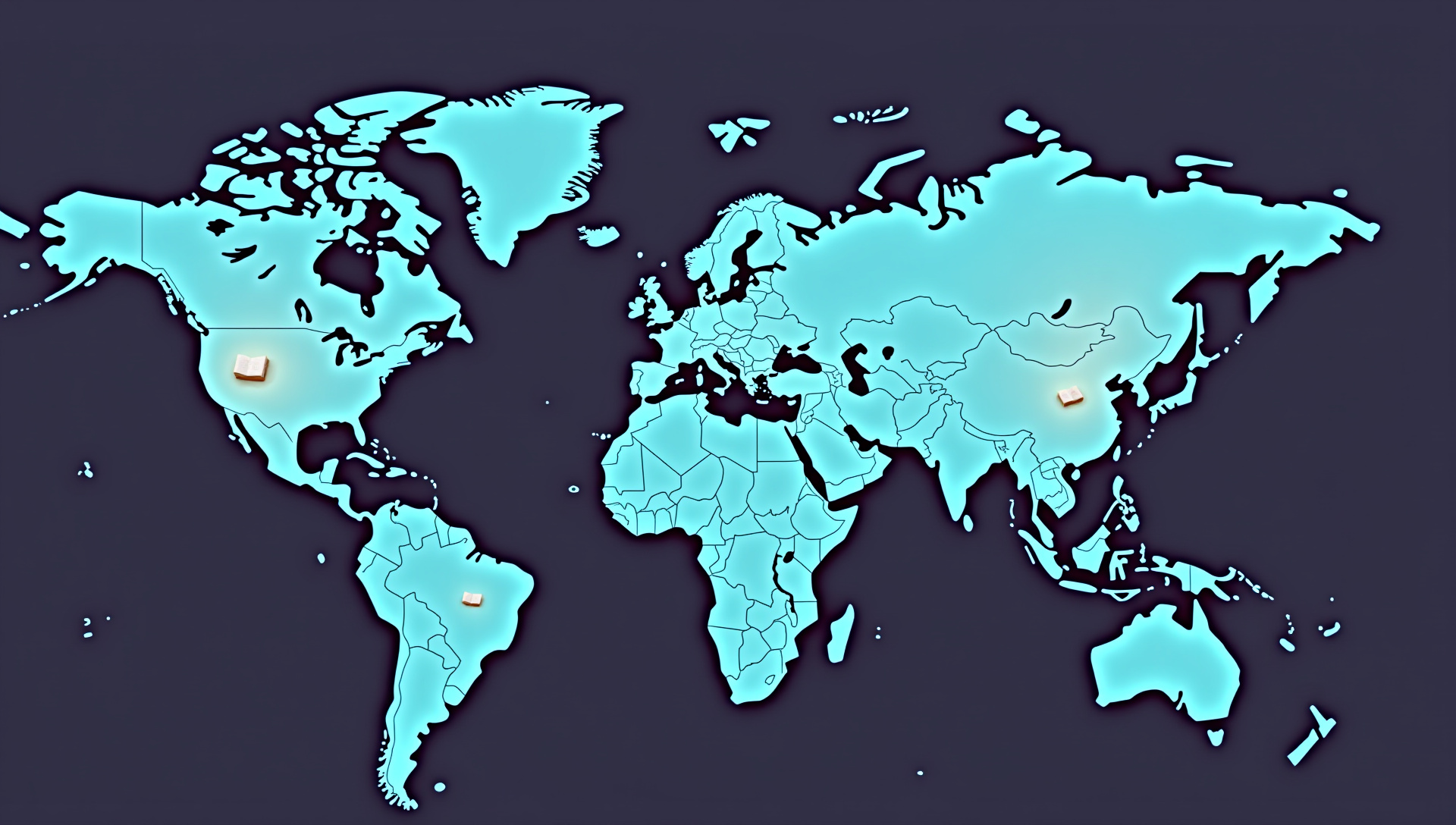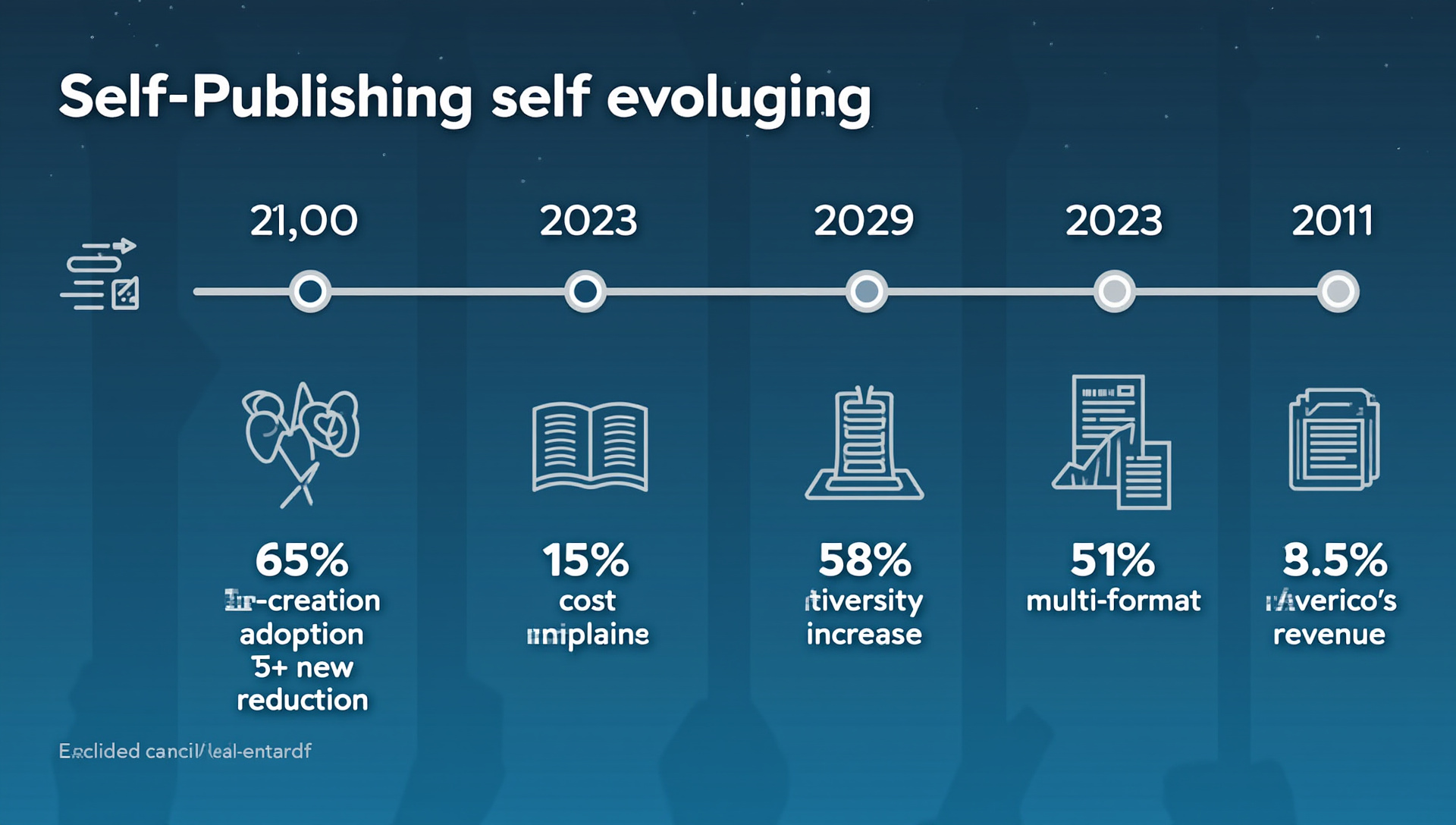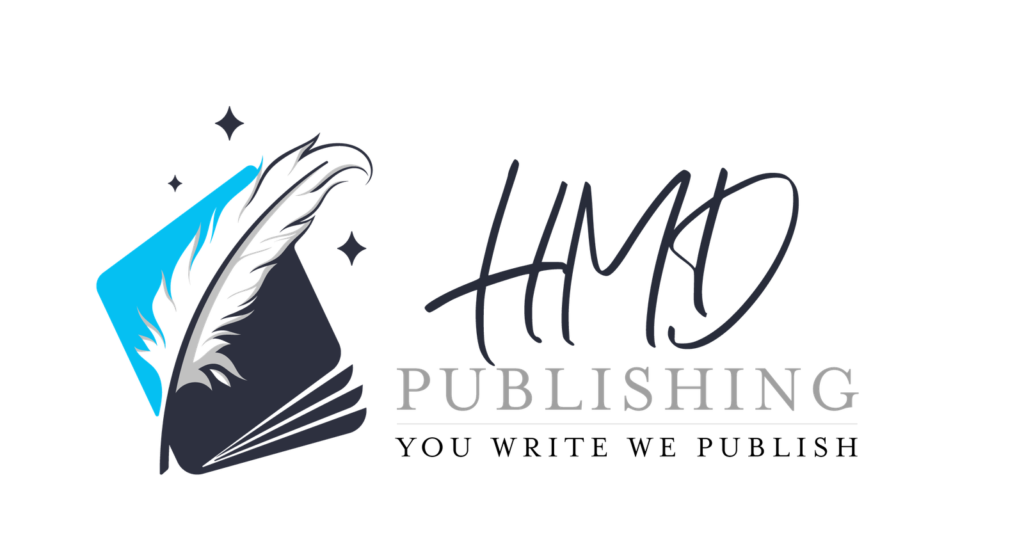The self-publishing landscape of 2025 will be transformed by AI integration, global market expansion, and unprecedented diversity in content creation. As technology in writing advances at breakneck speed, independent author strategies must adapt to leverage these changes or risk falling behind in an increasingly competitive digital publishing ecosystem.
The Evolution of AI Co-Creation: Beyond Basic Assistance
By 2025, AI writing tools will evolve from simple assistants to true creative partners with an estimated 65% of successful indie authors using AI co-creation. These systems won’t just fix grammar or suggest words – they’ll actively contribute to the creative process while preserving the author’s unique voice.
Neural networks trained specifically on literary genres will produce more nuanced content with author voice preservation rates exceeding 95%. This represents a quantum leap from today’s generic AI assistants to truly personalized AI models that learn individual writing styles, creative patterns, and even anticipate an author’s intentions.
The most significant shift will be from viewing AI as a tool to seeing it as a collaborator in the creative process. Writers who embrace this creative collaboration will gain efficiency without sacrificing the authenticity readers demand.
Democratized Publishing Through Advanced AI Production
The financial barriers to professional publishing will crumble as the cost of book production decreases by up to 75% through integrated AI tools. New authors who once faced prohibitive startup costs will find publishing democratization opening doors to quality production previously reserved for traditional publishers or wealthy independents.
One-stop AI publishing suites will handle everything from manuscript polishing to audiobook creation with minimal human intervention. These platforms will transform raw manuscripts into market-ready products across multiple formats simultaneously, creating unprecedented accessibility for creators worldwide.
The most dramatic impact will be seen in specialized services like editing and cover design, where AI alternatives will deliver professional results at a fraction of current prices. This production cost reduction will allow authors to reinvest in marketing or produce more titles annually, accelerating career growth.

Global Market Expansion: Breaking Language Barriers
Real-time AI translation will open up 15+ new major markets for English-language indie authors by 2025. Unlike current translation services that struggle with nuance, these systems will preserve literary quality while adapting content for new audiences.
The most successful authors will leverage culturally-adaptive AI that adjusts content for regional sensibilities while preserving story integrity. This technology will help navigate cultural differences that might otherwise limit a book’s appeal in international book markets.
Strategic global publishing models are already showing 45% higher international revenue for early adopters. Authors implementing comprehensive AI translation and localization strategies will see exponential growth compared to those focusing solely on English-language markets.
Diversity Revolution: Amplifying Underrepresented Voices
Data shows a projected 58% increase in successful titles from authors of diverse backgrounds by 2025. This surge in diverse voices isn’t just happening organically – it’s being actively accelerated by technology and changing market demands.
AI-powered sensitivity tools will help authors create more inclusive publishing content regardless of their personal background. These tools will identify potential issues while suggesting alternatives that respect varied perspectives and experiences.
Publishing platforms will implement diversity-focused discovery algorithms and promotion channels to connect these titles with receptive readers. This technological push for representation in literature will create opportunities for authors who have traditionally been marginalized in publishing.

Dynamic Distribution: The End of Static Books
By 2025, we’ll see the emergence of AI-powered dynamic content that adapts to reader preferences and feedback in real-time. These books will evolve based on reader engagement, creating a living document rather than a fixed product.
Personalized editions will adjust difficulty, detail level, and even plot points based on individual readers’ preferences. This adaptive publishing approach will help authors reach broader audiences with a single work by customizing the experience for different reader segments.
Hybrid format publications will bridge traditional books with interactive storytelling experiences. These formats will seamlessly transition between text, audio, and visual elements based on context and user behavior.
Reader-Centric Business Models Revolutionizing Author Income
Subscription-based author platforms will generate 40% higher sustainable income than traditional royalty models by 2025. These author income models will emphasize recurring revenue over one-time sales, creating more predictable earnings.
Direct-to-reader marketing platforms will reduce dependence on retail algorithms and establish stronger connections with fans. Authors who build these direct channels will gain valuable independence from major retailers and their constantly changing promotion systems.
Blockchain contracts will secure rights management and ensure transparent royalty distribution for authors. This technology will eliminate payment delays and accounting discrepancies that have long plagued the publishing industry.

Immersive Publishing: Beyond Text and Audio
VR/AR enhancements will create multisensory books with 25% premium pricing potential by 2025. These immersive experiences will extend the narrative beyond text into visual and interactive realms, creating new value propositions for readers.
AI-generated companion experiences will extend book worlds beyond the main narrative with minimal additional effort from authors. Characters, settings, and storylines can branch into supplementary content that deepens reader engagement with the primary work.
Voice-first publishing optimized for smart speakers and AI assistants will gain 35% market share. This growth reflects changing consumption habits as listeners seek content specifically designed for audio-only experiences rather than simply narrated text.
Ethical AI Framework: Balancing Automation and Authenticity
Industry-wide AI transparency standards will require disclosure of AI assistance levels in published works. These standards will help preserve creative transparency as the line between human and machine contributions becomes increasingly blurred.
Reader perception data shows evolving attitudes toward AI-human collaborative works with growing acceptance among younger audiences. The key factor in reader acceptance isn’t the use of AI itself but the perceived authenticity and quality of the final product.
Creator rights movements are establishing new standards for AI training on human-created works. These initiatives seek to ensure fair compensation when AI systems learn from or mimic an author’s distinctive style or content.
Micro-Genre Specialization: The Ultra-Niche Revolution
AI market analysis is identifying viable micro-niches with dedicated readership of just 5,000-10,000 highly engaged fans. These ultra-specific genres may be too small for traditional publishers but can provide sustainable income for independent authors.
Data shows higher reader loyalty and willingness to pay premium prices in ultra-specific genres. Readers who find content perfectly matched to their unique interests demonstrate stronger buying patterns and engagement than mainstream genre readers.
A strategic approach to building authority in emerging micro-niches will be essential before mainstream publisher entry. Authors who establish themselves as voices in these specialized areas will build defensible positions even as larger competitors notice these markets.
Author Ecosystems: Beyond the Book
Multi-format content ecosystems will generate 3.5x the revenue of book-only approaches by 2025. Authors who diversify across formats and platforms will build more resilient businesses than those relying solely on traditional book sales.
AI-powered asset repurposing will create 15+ products from a single book manuscript with minimal additional work. This technology will help authors efficiently transform their content into courses, social media, newsletters, and other formats.
Community-building platforms specifically designed for author-reader engagement will become central to sustainable careers. These spaces will facilitate direct relationships while creating additional monetization opportunities beyond book sales.
Key Takeaways for Self-Publishers Heading Into 2025
The most successful self-publishers of 2025 will embrace AI as a collaborator rather than competing against it. This partnership approach will maximize creative output while maintaining the human elements readers value.
Global thinking will become essential as translation and cultural adaptation tools remove traditional barriers to international markets. Authors who develop strategies for international publishing will see significantly higher growth potential than those focused solely on English-language markets.
The direct-to-reader relationship will become the most valuable asset in an author’s business. Building and nurturing these connections will provide stability regardless of how retail platforms and algorithms change.
Diversification across formats, revenue streams, and niches will create resilience against market shifts. Authors who rely on a single book format or sales channel will face greater vulnerability to technological and market disruptions.
Sources
AI’s Impact on Self-Publishing: Trends and Opportunities in 2024




